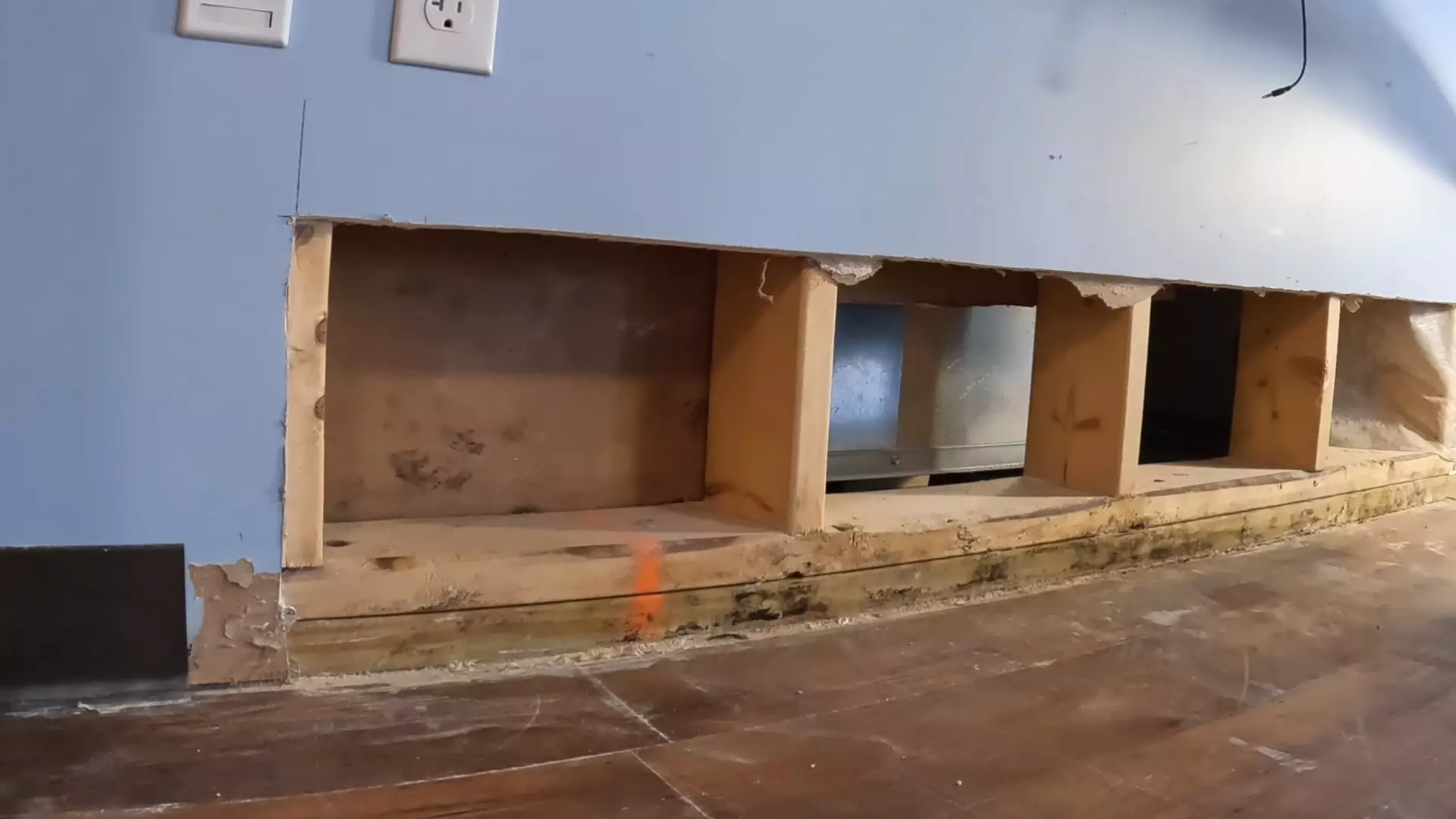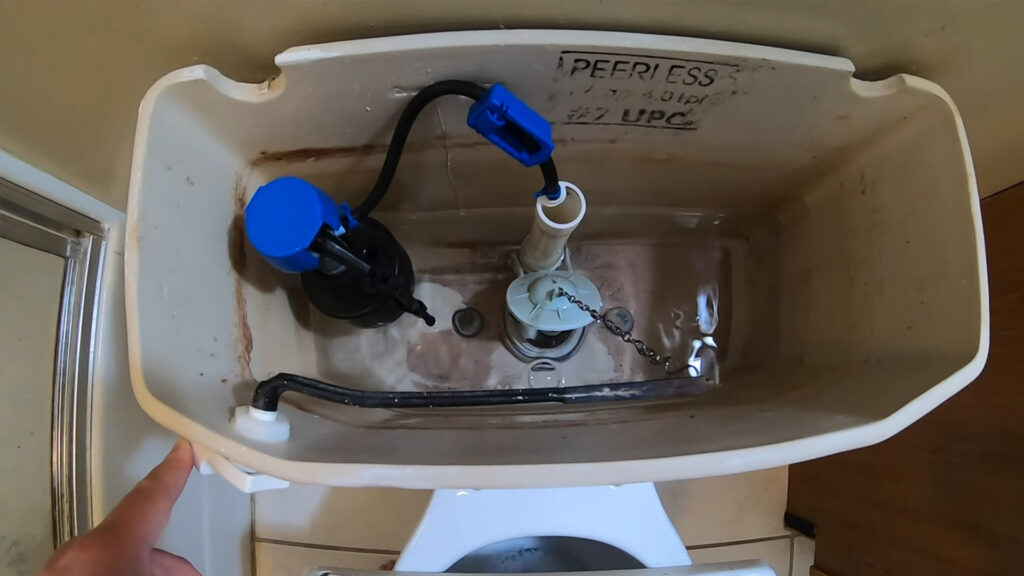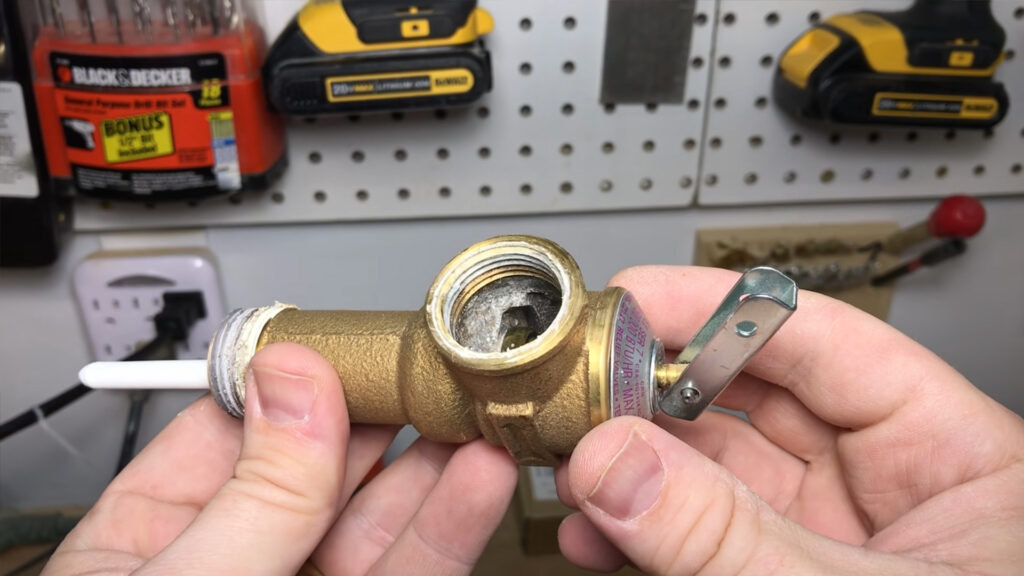When you’re having drywall installed or repaired at your property, the last thing you expect is for something to go wrong. Unfortunately, accidents happen, and one of the more serious mishaps is when a drywall company punctures a pipe. This can lead to significant water damage within your walls, ceilings, or floors, potentially causing costly repairs and extensive disruption. If this happens, knowing how to respond quickly can minimize the damage and protect your property.
Immediate Steps to Take
1. Turn Off the Water Supply
The first and most critical step is to stop the flow of water. Locate your property’s main water shutoff valve and turn it off immediately. This will prevent further water from leaking into the plaster walls, ceilings, and floors, which can help reduce the extent of the damage.
2. Assess the Damage
Once the water is shut off, carefully assess the situation. Check for visible signs of water damage, such as water stains on the sheet rock, sagging ceilings, or puddles forming around the puncture area. The extent of the damage will determine your next steps.
3. Contact the Drywall or Plaster Company
Notify the drywall company about the incident as soon as possible. They may have liability insurance that can cover the cost of repairs. Document the damage with photos and videos to support any potential claims. It’s crucial to have open communication with the installer to ensure they take responsibility for the damage.
4. Call a Professional Plumber
A professional plumber will need to assess the punctured pipe and perform the necessary repairs. Depending on the location and extent of the damage, this may involve cutting into the gypsum board or plaster wall to access the pipe. The plumber will be able to repair or replace the damaged pipe and ensure there are no further leaks.
5. Dry Out the Affected Area
After the pipe is repaired, the next step is to dry out the affected areas. Use fans, dehumidifiers, and ventilation to dry the walls, ceilings, and floors as quickly as possible. Delaying this step can lead to the growth of mold, which can cause further damage to the sheet rock and create health hazards.
6. Inspect for Mold
If the water damage has been present for more than 24-48 hours, it’s essential to inspect for mold growth. Mold thrives in damp environments, and it can quickly spread throughout the gypsum board and other building materials. If mold is detected, contact a mold remediation professional immediately to handle the situation.
Restoring the Damaged Drywall
1. Remove the Damaged Drywall
If the drywall or plaster wall has absorbed a significant amount of water, it may need to be removed and replaced. Waterlogged drywall loses its structural integrity, leading to warping, crumbling, and the potential for mold growth. A professional restoration service can help remove the damaged materials and replace them with new sheet rock or gypsum board.
2. Repair and Repaint
After the damaged drywall is removed, the next step is to repair the wall or ceiling. This involves installing new sheet rock, taping, and mudding the seams, and sanding the surface to a smooth finish. Once the wall is repaired, it can be repainted to match the existing décor. A professional contractor should ensure that the finish is seamless, so the repair is virtually undetectable.
3. Addressing Ceiling Damage
If the puncture occurred in a ceiling, the repair process can be more complex. Ceiling repairs often require additional support to prevent sagging and ensure the new gypsum board is properly secured. After the ceiling is repaired, it’s important to monitor the area for any signs of sagging or water stains, which could indicate a lingering issue.
Preventing Future Incidents
To avoid similar incidents in the future, it’s essential to take preventative measures when working with contractors:
1. Pre-Installation Inspections
Before any drywall installation or repair, have a professional inspect the areas where pipes are located. Using stud finders and pipe detection tools can help prevent accidents.
2. Clear Communication
Ensure that your drywall installer is aware of the locations of all pipes, including those hidden behind walls and ceilings. Clear communication about the layout of your property can help prevent accidents.
3. Choose Experienced Contractors
Always hire experienced, licensed, and insured contractors for any work on your property. Experienced contractors are more likely to be cautious and knowledgeable about potential hazards like hidden pipes.
Working with Philly Damage Restoration
At Philly Damage Restoration, we understand the stress and inconvenience that water damage can cause. Whether a punctured pipe has caused damage to your plaster walls, sheet rock, or ceilings, our team of professionals is here to help. We specialize in water damage restoration and have the expertise to handle everything from minor leaks to major flooding.
Our services include water extraction, drying, mold inspection, and complete restoration of damaged areas. We work closely with your contractors and insurance company to ensure a smooth and efficient restoration process. If you’ve experienced water damage due to a drywall installation mishap, don’t hesitate to contact Philly Damage Restoration for expert help.







